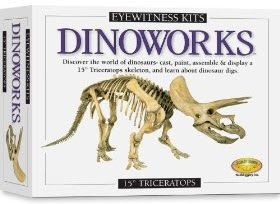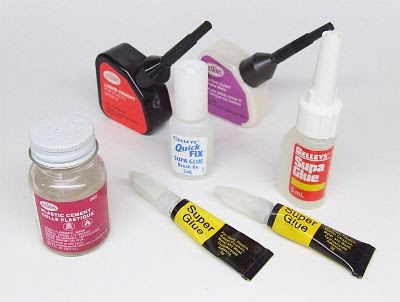Have you ever had the feeling that one part of your artistic creativity is in conflict with another? There have been occasions when I had a spare hour or two and found myself staring at the projects underway and realising that every single one was at some point which obliged me to set up my airbrush and start pushing various colours through to spot-paint detail parts, which means far more cleaning of the airbrush and its jars, and far more mixing of paint, than actual painting.
There are times when you just want to build. One problem with aircraft, much as I love them, is that you’re pretty much obliged to paint that wretched cockpit first. Struggle with tiny details, drybrush the controls, put on decals perhaps, create instrument lenses with blobs of Clear Parts Cement, and suchlike. And frankly, there are times you don’t want to be bothered with all that, but just get to the engineering of the piece, tidying up the parts and bringing them together just so, then perhaps doctoring the joint lines with whatever technique you prefer.
Perhaps that’s one of the drawcards of armour modelling. Unless you have a perverse desire to open hatches all the time, the inside of a tank is a mystery to the viewer and can be conveniently ignored, which means most of a tank can be built before you need to start painting, and that’s attractive. Building the barrel and turret, mounting suspension swing arms and other lower hull details, dressing the upper hull with hatches, grills, any number of parts that can go on before you need to paint anything… Then join the hull, do some joint work if needed, and you’re into masking the locators for tools and such, masking the mating ring of the turret and all the axles. Oh yes, there’s lots to do before you need put down the first colour. The Academy M981 above falls into this category: I just wanted to enjoy building, and a relatively complex, multi-part armoured vehicle fit the bill to a T. I put it together months ago, and when a slot comes up in my painting schedule it'll finally see it's three-colour camouflage.
Right now I have 20 models in progress, at some stage or other. I could be mottling the camo of that Tamiya Me 262, or I could be prepping for the natural metal finish of that F-84 Thunderjet. But over the last week or so I’ve been wash-and-drybrush detailing three armour kits. The time comes when you have to paint what you’ve built and production line modelling is a way of getting through them. Base colour, camo pattern, fade coat, oil filter weathering, pinwash, drybrush profiling, decals, dust coat…
I’ll get back to aircraft shortly, I have at least seven to finish in the next two months or so, but you know, when the fiddly details have got me at my wits’ end, I’ll take a break from being an artist, and be an engineer again for a few relaxing sessions. One thing I’m certain of: whatever I build on that day, the odds are it’ll have tracks under it!
Hoping you all had a wonderful festive season and that the New Year brings everything you could hope for!
Cheers, Mike/Thunderbolt379
















































